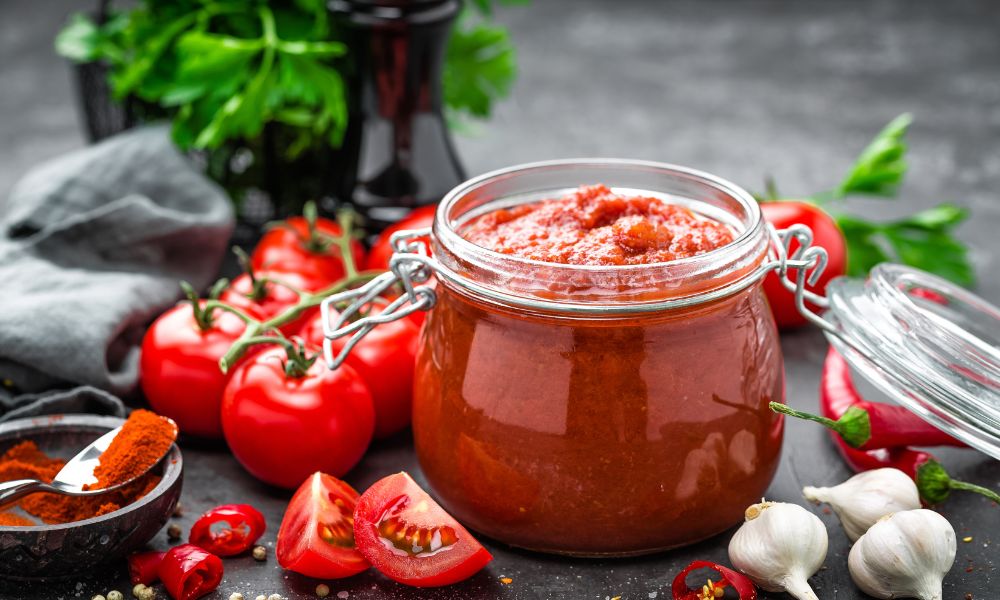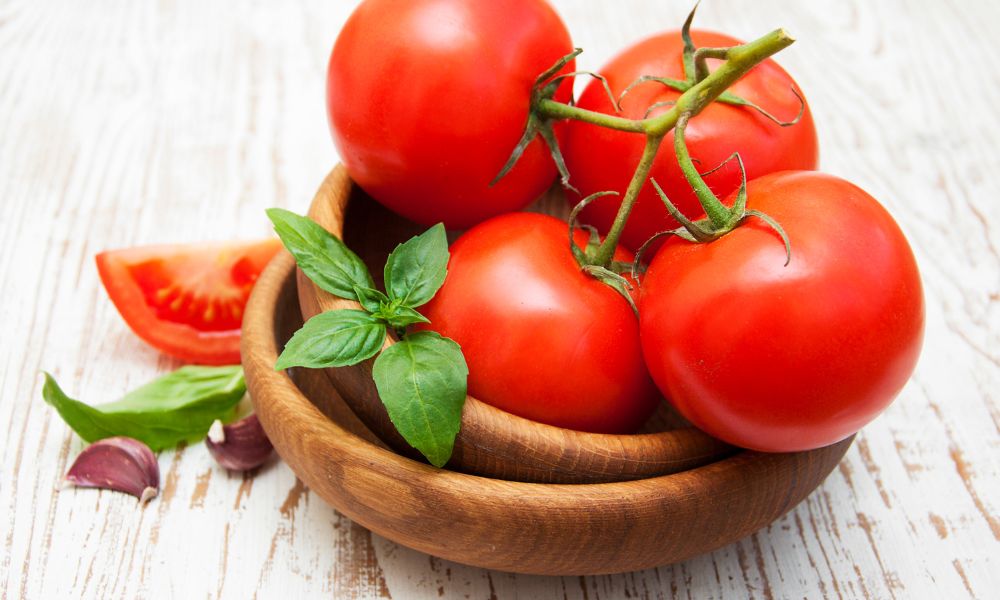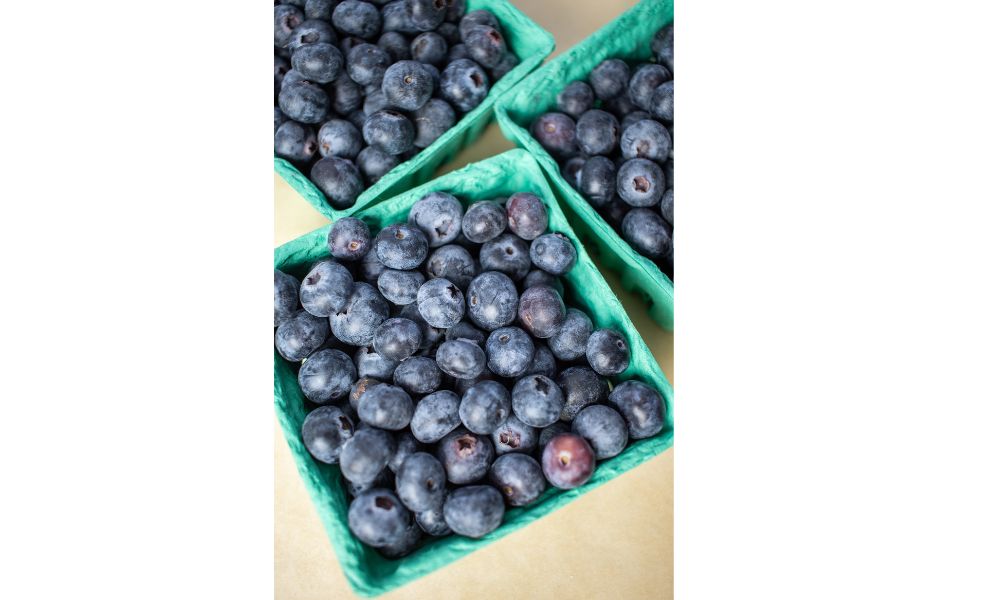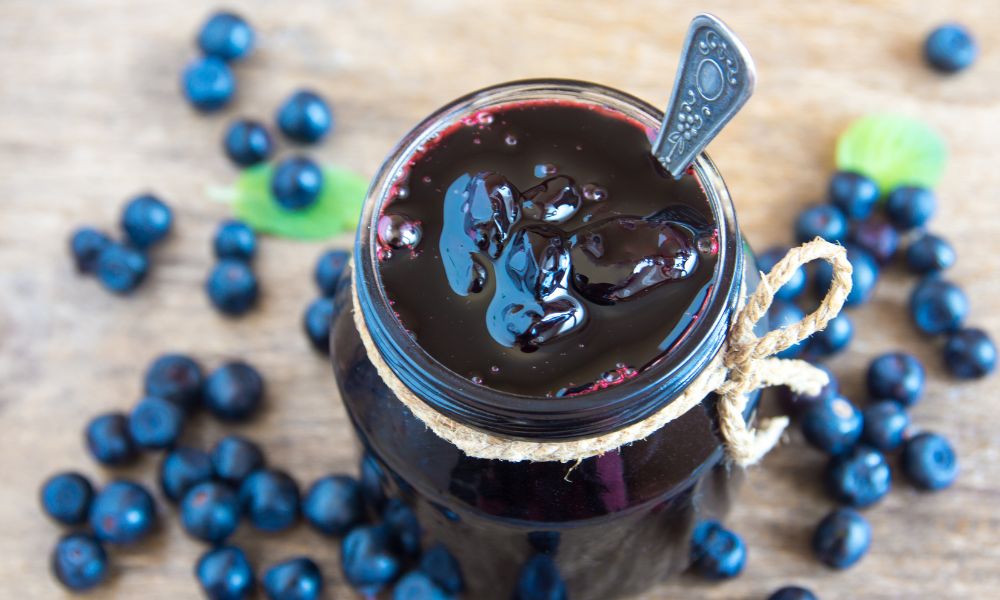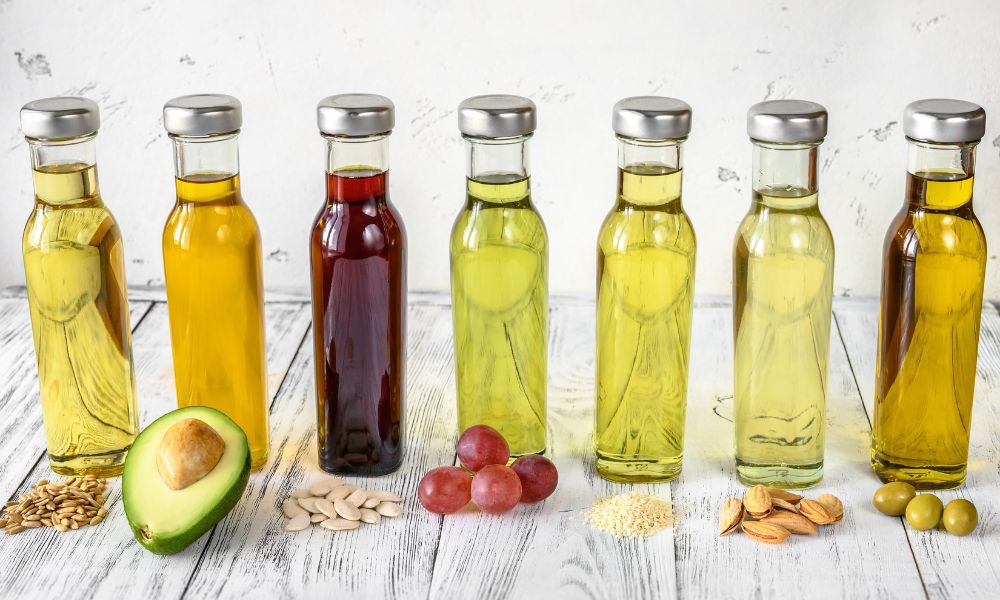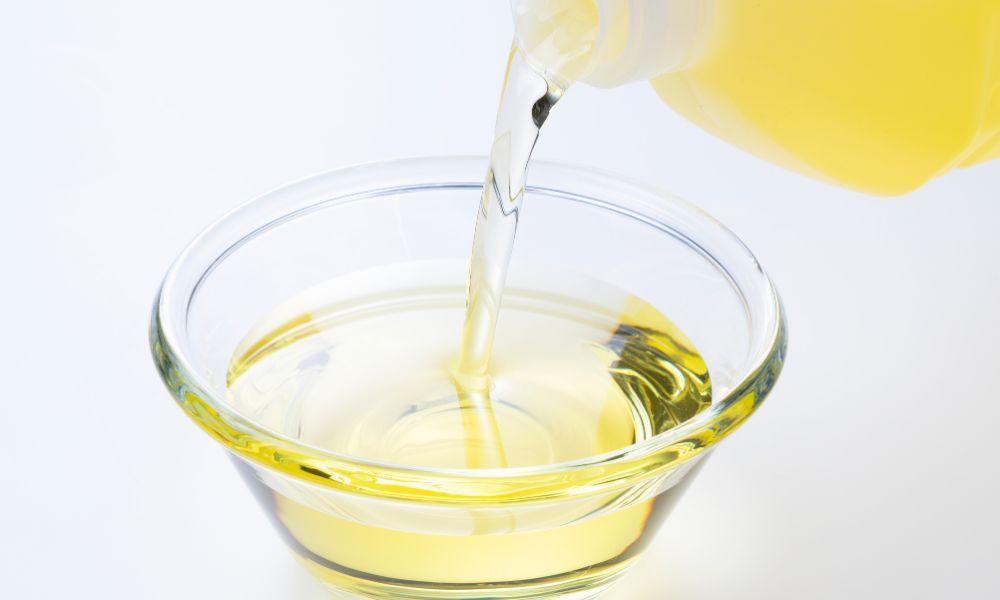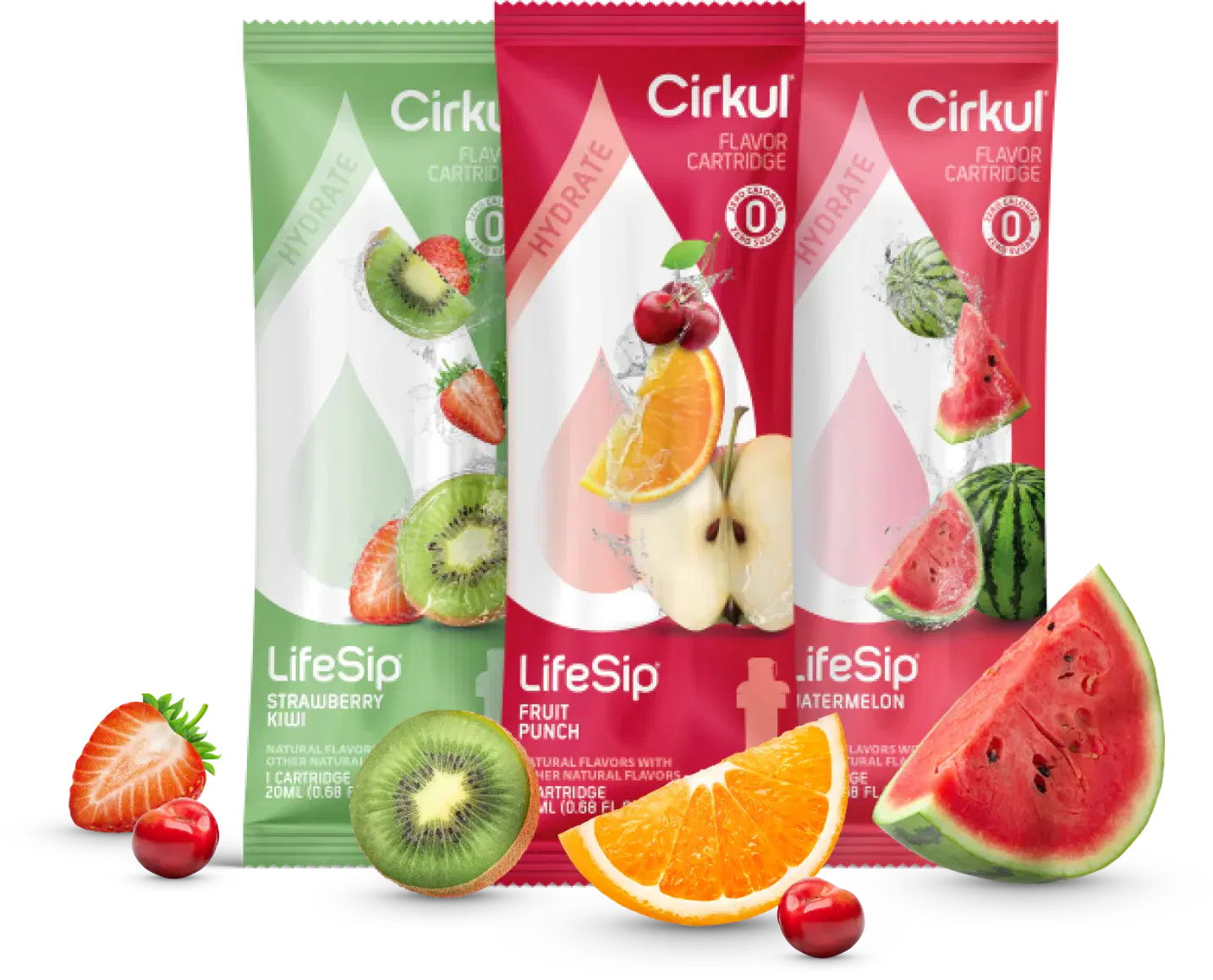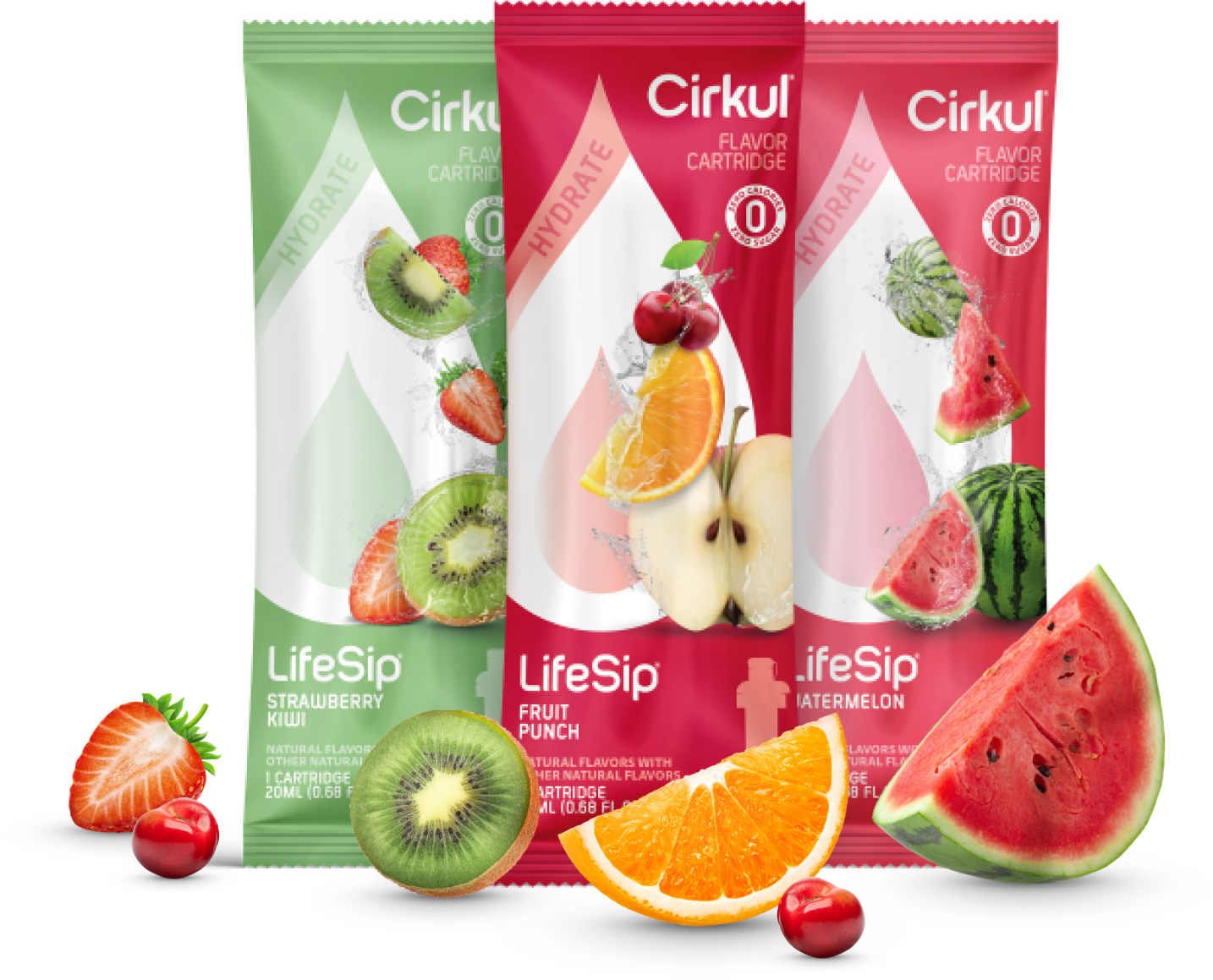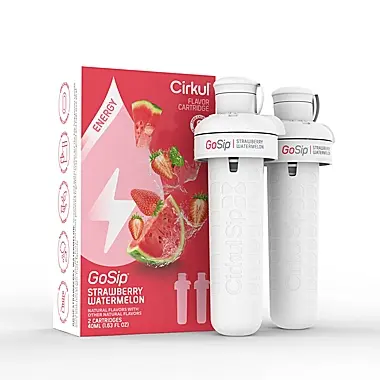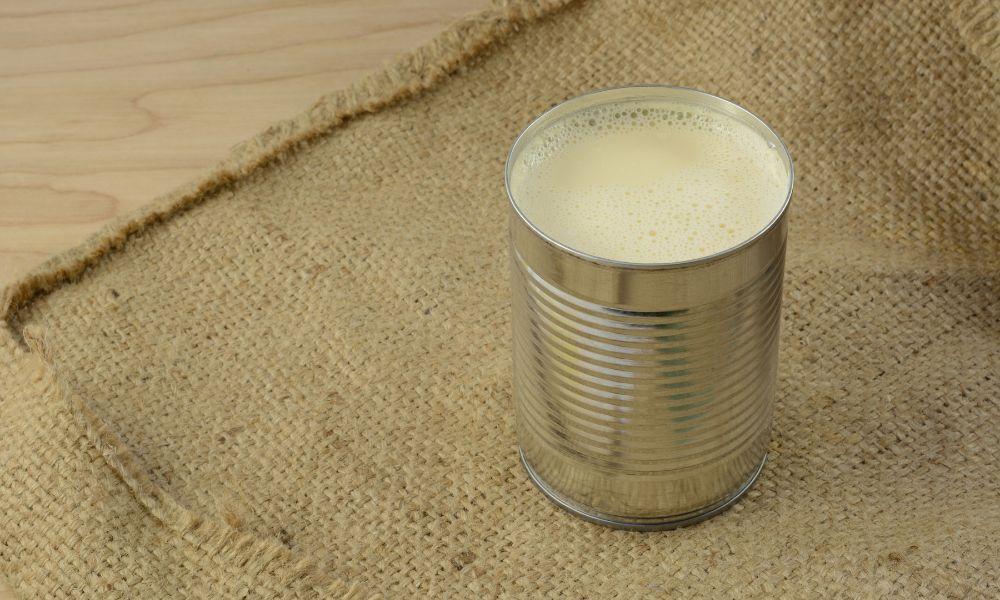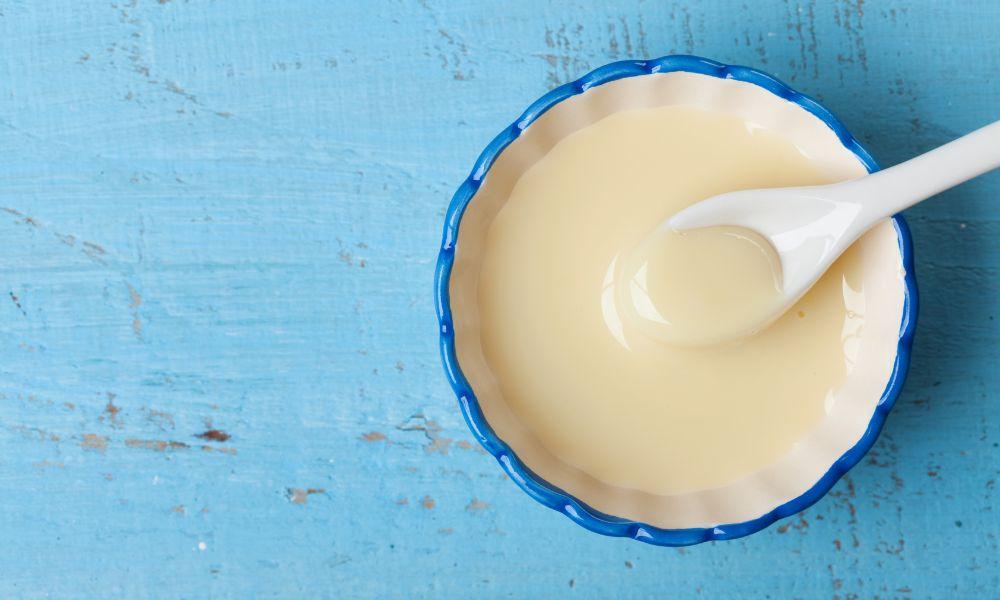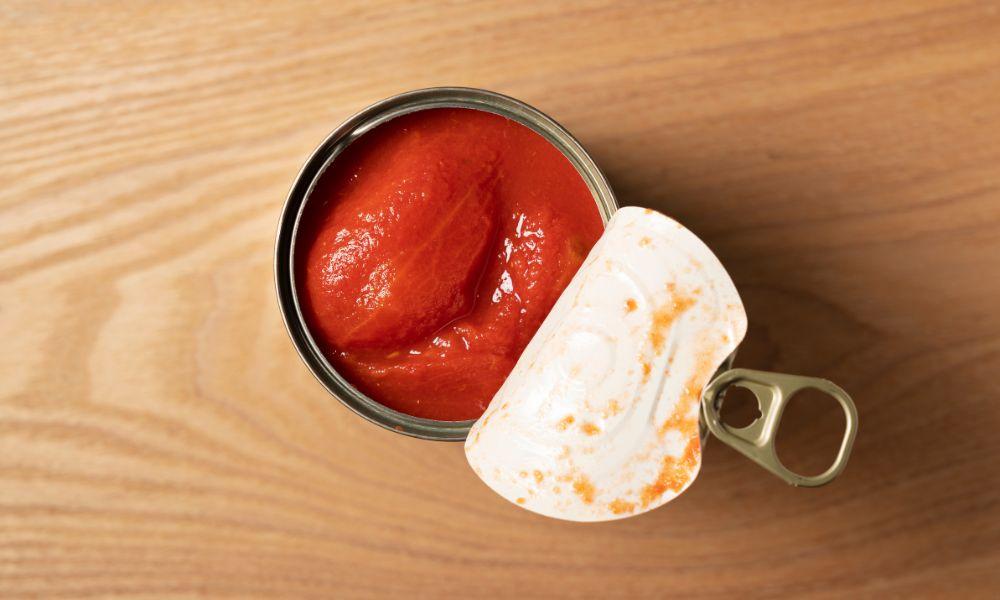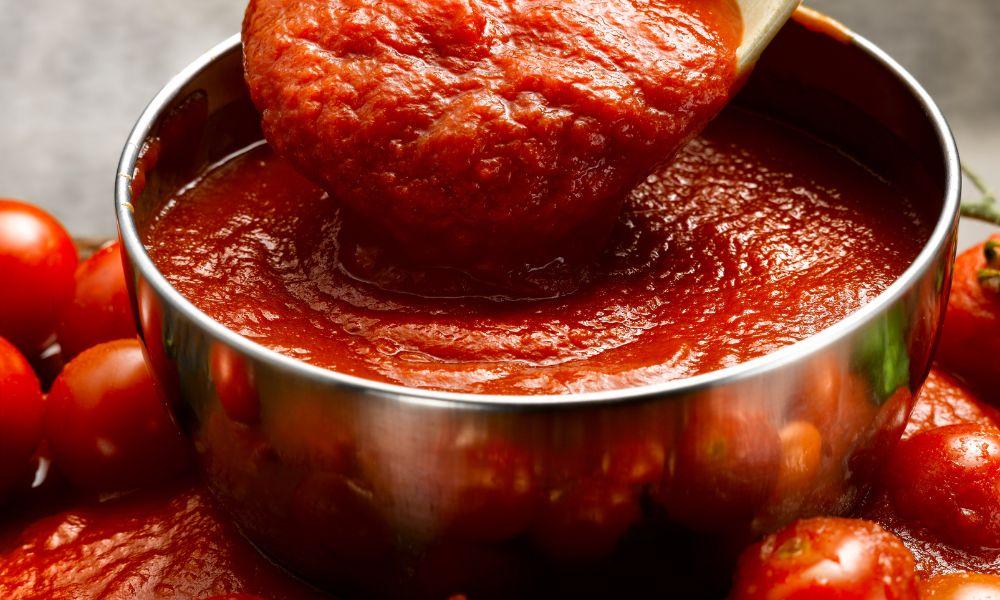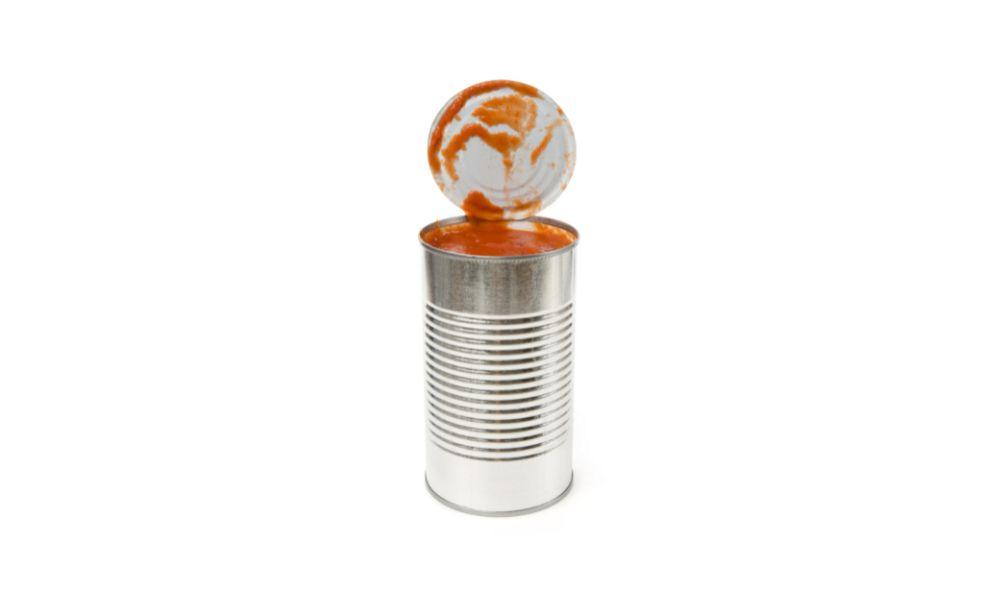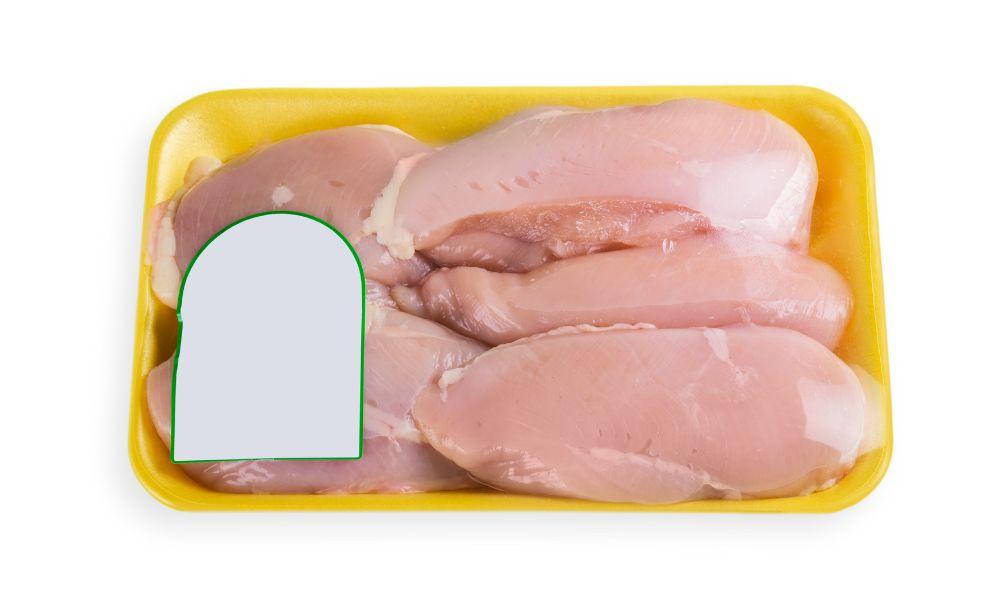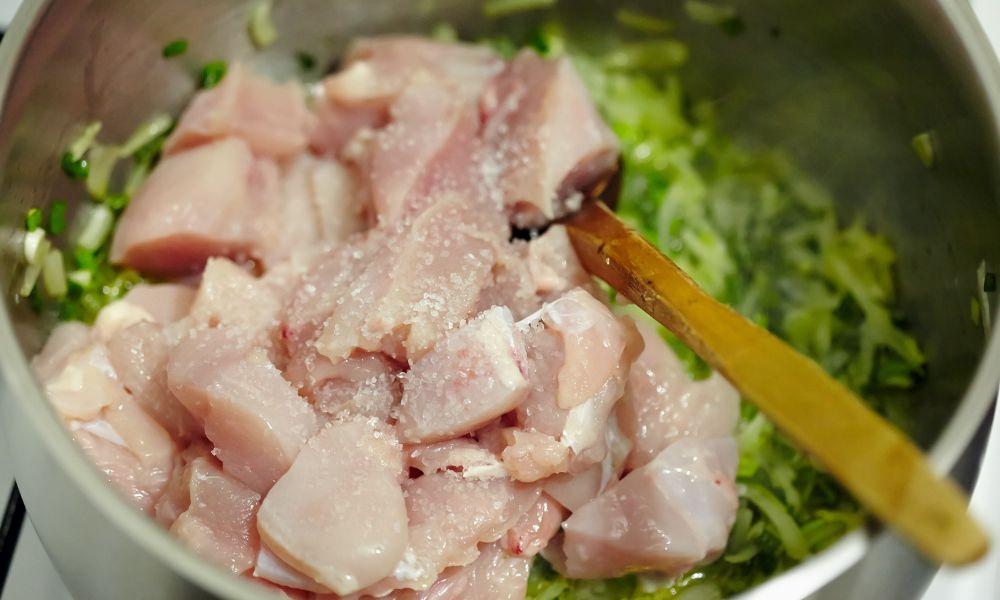Sourdough bread is an all-time favorite for many, but what is the secret behind its unique taste? A healthy and active sourdough starter! If you’re an aspiring bread baker or a seasoned home baker, understanding how long the sourdough starter lasts is crucial for a perfect homemade sourdough loaf.
Let’s dive in and learn how to maintain our starters for as long as possible, giving us delicious bread for years to come.
Understanding Sourdough Starter
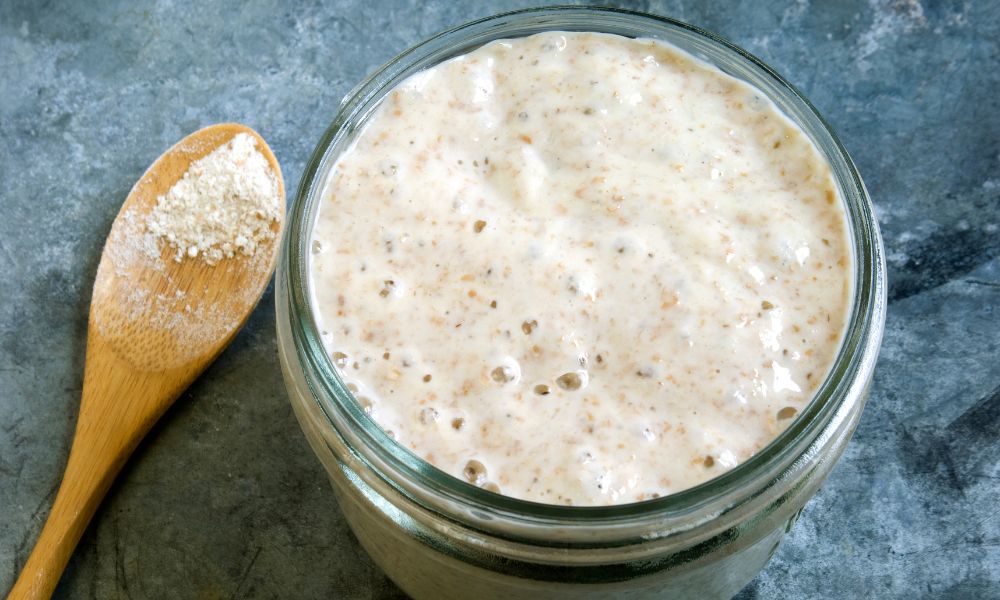
A sourdough starter is a mixture of flour and water, left to ferment over time. This fermentation process allows wild yeast and good bacteria to multiply and result in a powerful natural leavening agent responsible for the unique flavor and texture of sourdough bread. The key to an amazing sourdough loaf is a healthy and active starter.
Feeding your sourdough starter regularly is important as this serves as its source of nourishment. To feed a starter, simply add fresh flour and water based on the starter’s needs.
Factors Affecting the Shelf Life
🌡️Temperature
Temperature plays a significant role in the lifespan of your sourdough starter. Warm temperatures speed up fermentation, causing your starter to reach peak activity and consume its fuel faster. For longer-lasting starters, opt for cooler room temperatures or find a cool spot in your kitchen for storage.
💧Hydration
The ratio of water to flour in your starter, also known as hydration level, can also affect its shelf life. High hydration starters tend to ferment faster, thereby reducing their overall lifespan. Lower hydration starters may last longer between feedings.
👩🍳Feeding Frequency
Oftentimes, beginner bakers question “how often should I feed my sourdough starter?” The answer varies based on factors such as temperature and hydration. A simple rule of thumb is to look for signs of activity – if your starter is bubbling and rising, that means it’s craving more food! Regular feedings lead to a healthy and strong sourdough starter.
🫓Flour Type
Finally, the type of flour you use also plays a part in the shelf life of your starter. Whole grain flours not only contribute additional nutrients to the mix but also possess a higher microbial content, which helps promote a more diverse and active fermentation process.
Signs of a Healthy and Active Starter
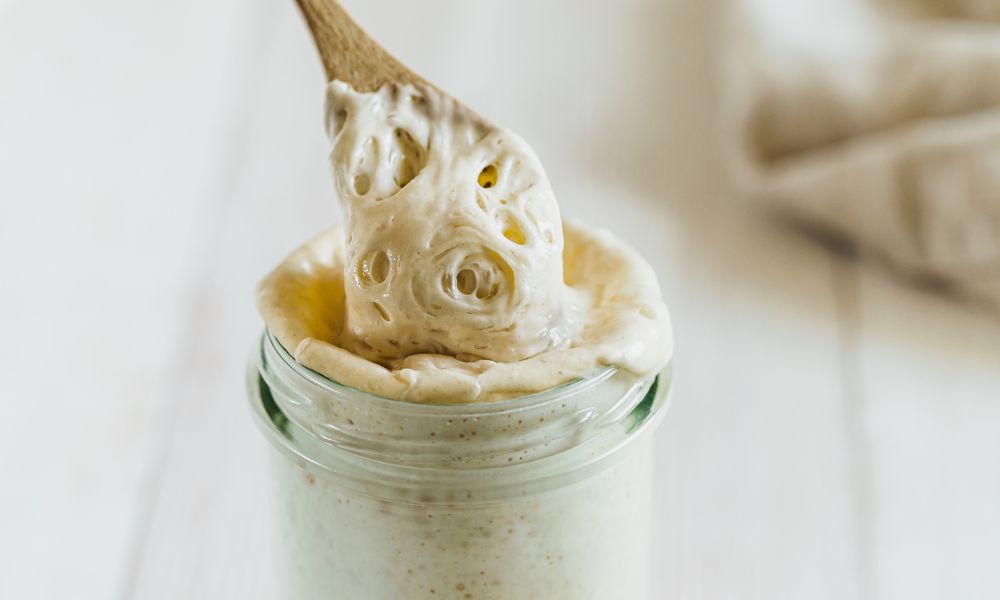
Understanding what a healthy sourdough starter looks like and recognizing the signs of it being active is crucial for maintaining its shelf life. Some key indicators include:
- Bubbles on the surface of the starter, which show that the fermentation is producing gas.
- A noticeable rise in volume after each feeding – this indicates that the yeast is metabolizing the new food and producing carbon dioxide, which expands the starter’s volume.
- A pleasant, sour, yogurt-like smell that suggests the presence of lactic acid bacteria, important for the starter’s performance.
- PH balance also plays a key role in your starter’s wellbeing – a pH of 4 to 4.5 is ideal for maintaining a healthy environment that discourages the growth of harmful bacteria.
Understanding Sourdough Starter’s Lifespan
At this point, you might be curious about how long does sourdough starter last? When properly maintained, a sourdough starter can last indefinitely. [1]In fact, some bakers boast about their centuries-old starters! However, neglect and unfavorable conditions may shorten the lifespan of your starter.
Several factors can influence your starter’s longevity, such as hydration level, temperature, and feeding frequency discussed earlier. Furthermore, it’s important to look out for signs that your starter may have gone bad or spoiled.
Signs of a spoiled sourdough starter include:
- Mold growth – visible colored spots on the surface or any streaks in the starter, commonly caused by contamination or poor maintenance.
- A strong, off-putting smell – while sourdough starter should have a pleasant tangy aroma, an unpleasant, rancid smell indicates something has gone wrong.
If your sourdough starter shows such signs, it’s best to discard it and start fresh.
Extending the Shelf Life of Sourdough Starter
Keep your sourdough starter alive and thriving for a long time with these best practices:
- Find the optimal feeding frequency based on the temperature of your kitchen and the activity level of your starter.
- Adjust the hydration level to control the fermentation speed and ensure longer-lasting shelf life.
- Use whole grain flours to boost the fermentation diversity and make your starter more resilient.
- Properly store your sourdough starter, especially during periods of non-use. Keeping your starter in the refrigerator will slow down fermentation, allowing you to go longer between feedings.
Remember that a healthy, well-maintained sourdough starter is the key to delicious, flavorful bread. You’ve now gained enough knowledge to maintain a long-lasting sourdough starter.
Troubleshooting Common Issues
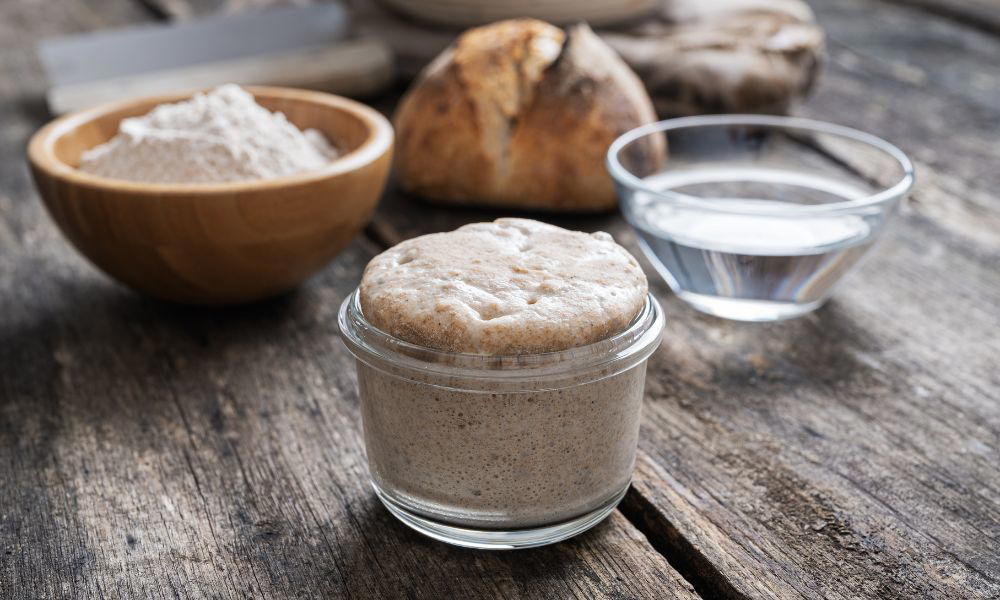
Sluggish or Weakened Starter
Problem: Your starter doesn’t seem as active as it should be, and the rise is minimal.
Solution: Increase the feeding frequency or consider using a warmer spot for storage. Incorporating whole grain flours may also provide a microbial boost.
Contamination, Off-Flavors, and Unusual Odors
Problem: Your starter smells particularly unpleasant or has acquired an off-taste.
Solution: Ensure you’re using clean utensils and jars for your starter. If the issue persists, consider starting anew with a fresh starter to avoid potential health hazards.
Mold or Signs of Spoilage
Problem: You observe visible mold or streaks in your sourdough starter.
Solution: Dispose of the affected starter and take preventative measures, such as ensuring cleanliness of all tools and jars when creating a new starter.
Frequently Asked Questions (FAQs)
How often should I feed my sourdough starter?
Feeding frequency depends on factors such as temperature and hydration level. Observe your starter’s activity and adjust feeding accordingly. Most starters require feeding at least once every 24 hours at room temperature.
Can sourdough starter be refrigerated to extend its life?
Yes, refrigerating your sourdough starter slows down fermentation, allowing for longer breaks between feedings (typically once a week).
Can I use my sourdough starter if it hasn’t been fed in a while?
Yes, in most cases. Revive the starter by feeding it consistently and observing its activity. If it returns to its bubbly, rising state, it’s good to use.
What should I do if my sourdough starter separates?
Separated starters can be stirred back together before feeding. If separation persists, consider adjusting the hydration level or temperature at which it’s stored.
How can I tell if my sourdough starter has gone bad?
Look for signs like mold growth or a strong, off-putting smell. If you observe either, discard the starter and start fresh.
Can I freeze my sourdough starter for long-term storage?
Yes. Freezing slows down fermentation drastically. Thaw and feed the starter consistently to reactivate it before use.
Should I discard part of my sourdough starter during feeding?
Discarding a portion of the starter helps maintain a manageable volume and ensures a higher ratio of fresh food to maintain an active starter.
Can I share or give away a portion of my sourdough starter?
Absolutely! Sharing your sourdough starter is a great way to spread the joy of sourdough baking.
What happens if I use expired sourdough starter in my bread?
If the starter produces poor results or an off-flavor in your bread, it may be time to refresh or replace your starter.
How can I speed up the activation of a new sourdough starter?
Store the starter in a warmer environment and consider more frequent feedings or using whole grain flours to boost fermentation activity.
Conclusion
Understanding the shelf life of sourdough starter is essential to bake exceptional sourdough bread. A well-maintained, healthy sourdough starter can last indefinitely, providing you with countless delicious loaves. Follow the guidance provided in this article and stay diligent in observing and adjusting your starter’s feeding and storage methods.
Don’t be afraid to experiment, learn from your experiences, and, most importantly, have fun while baking! We’d love to hear about your sourdough baking adventures – share your stories or ask any further questions in the comments below. Happy baking!
